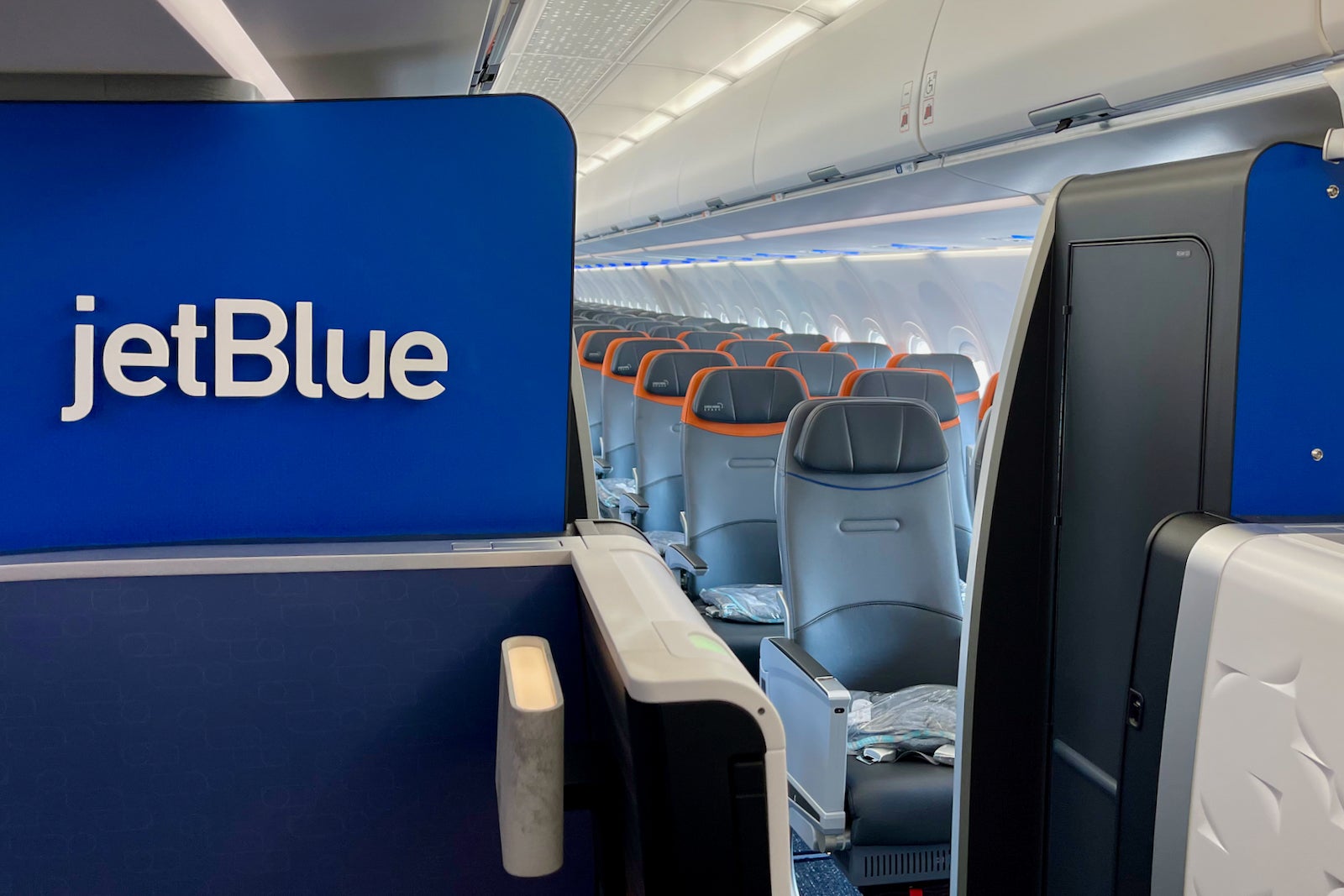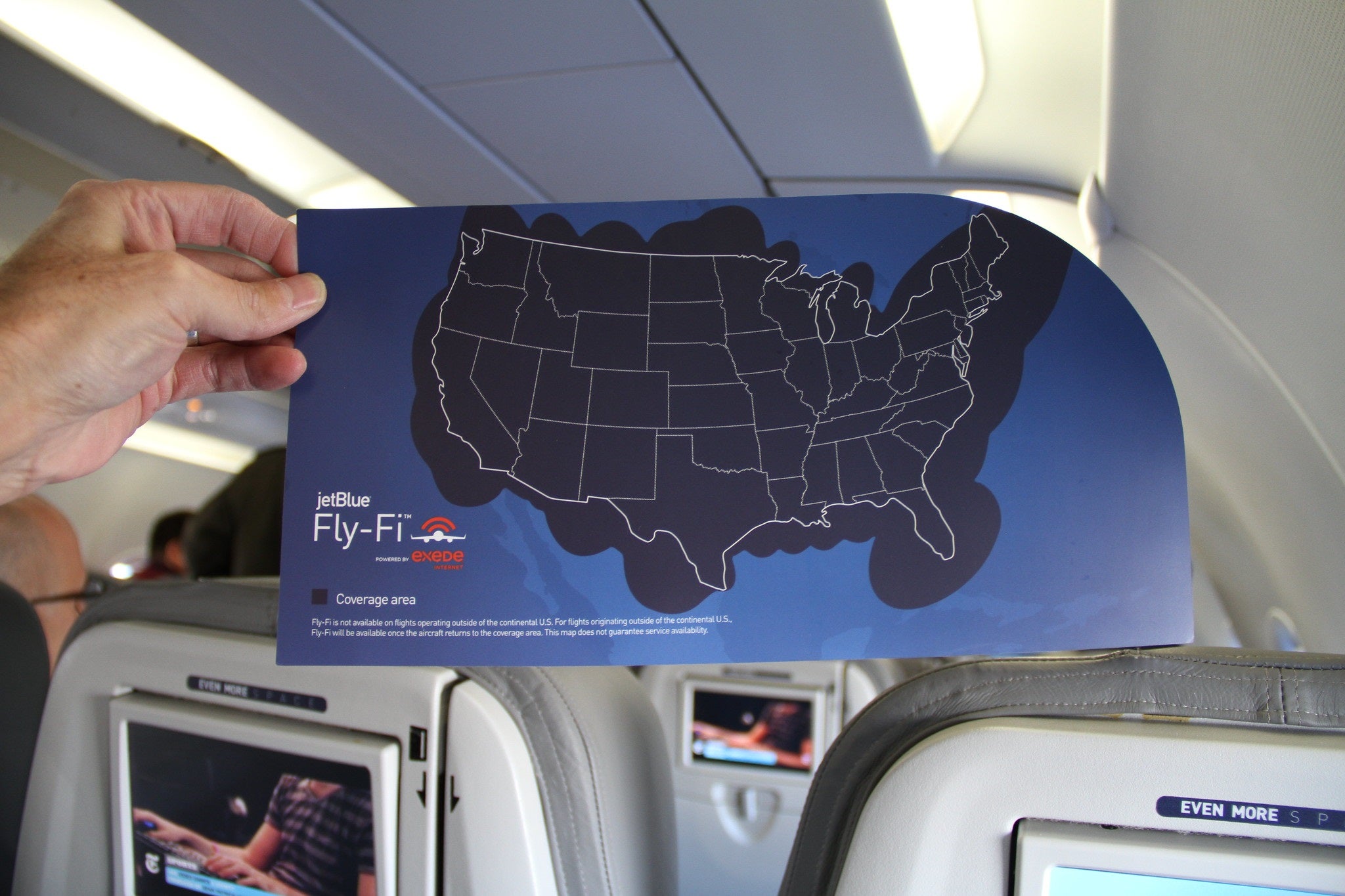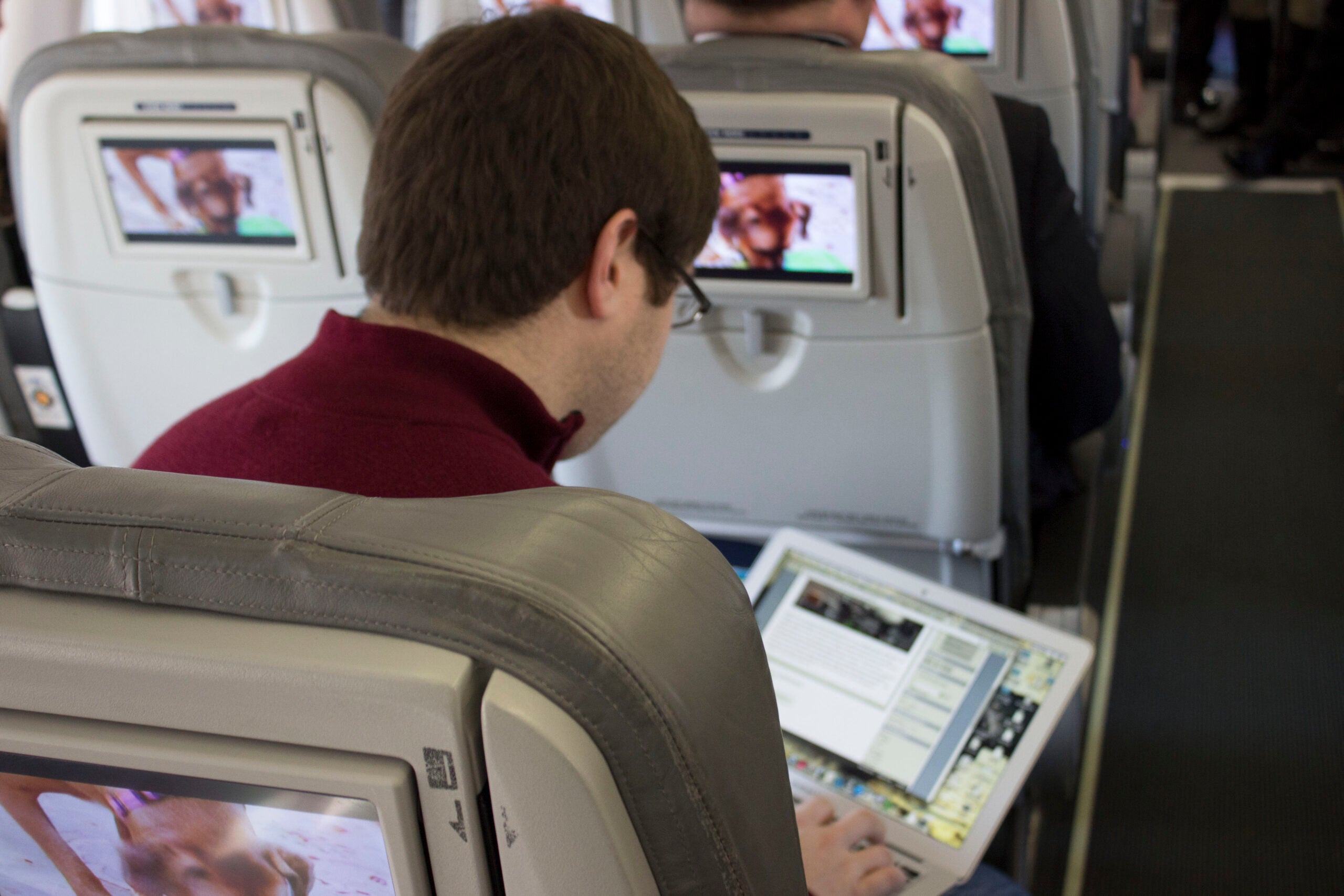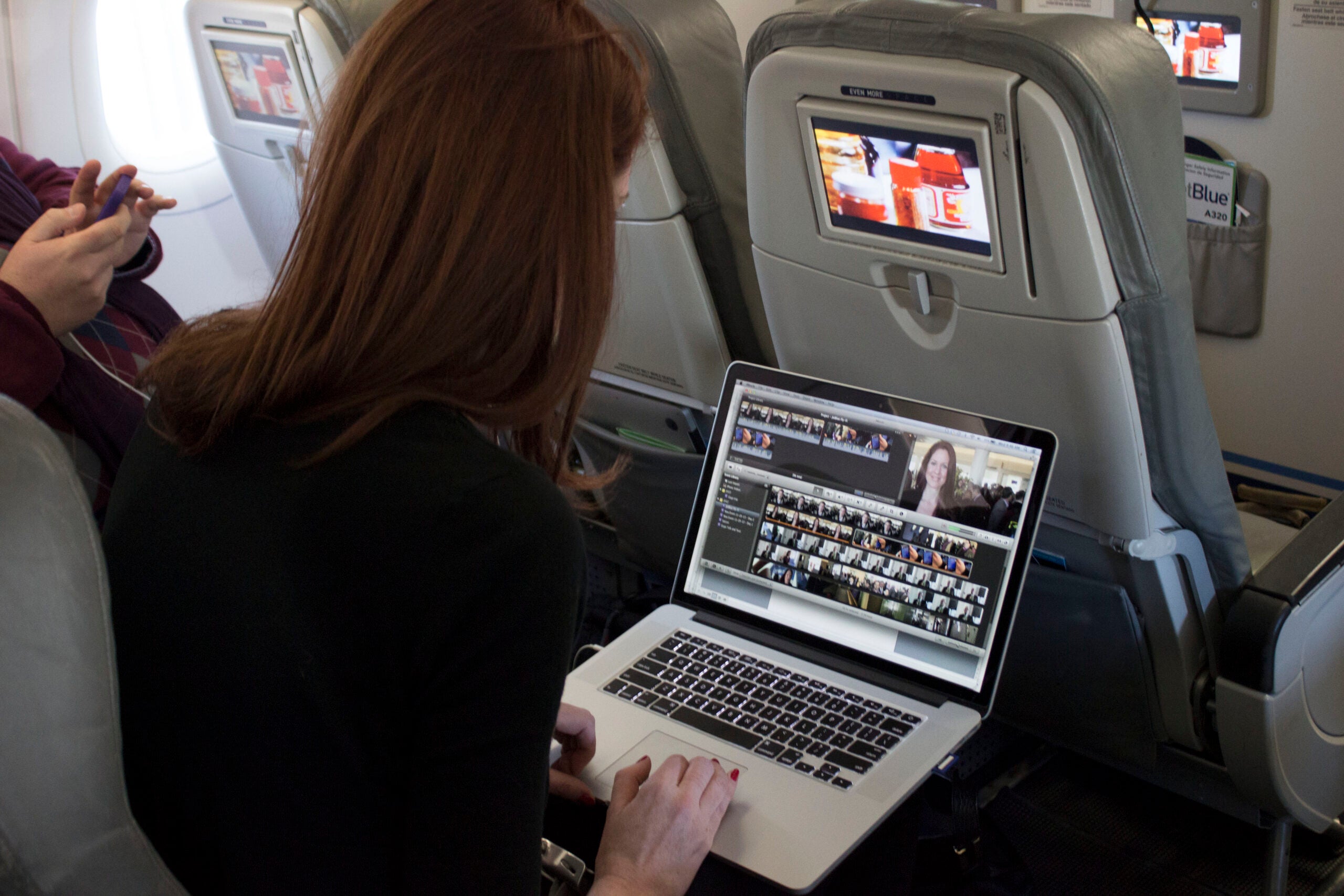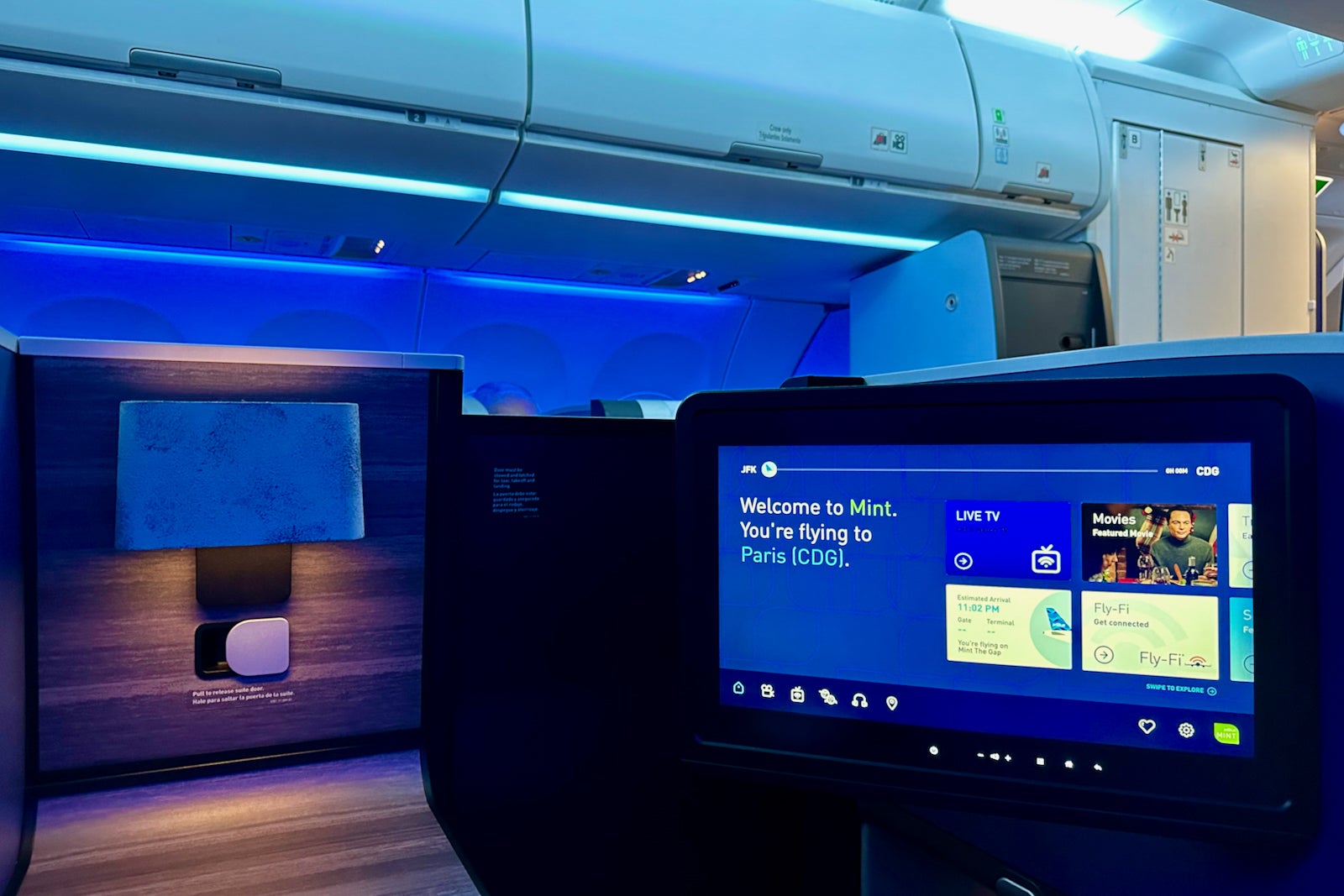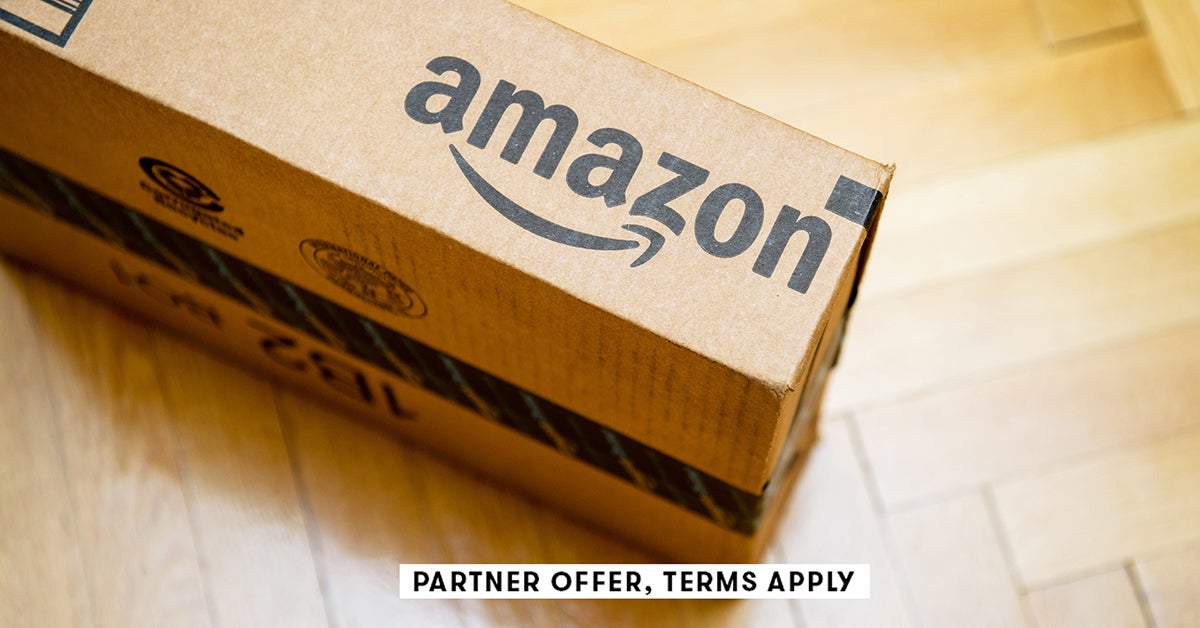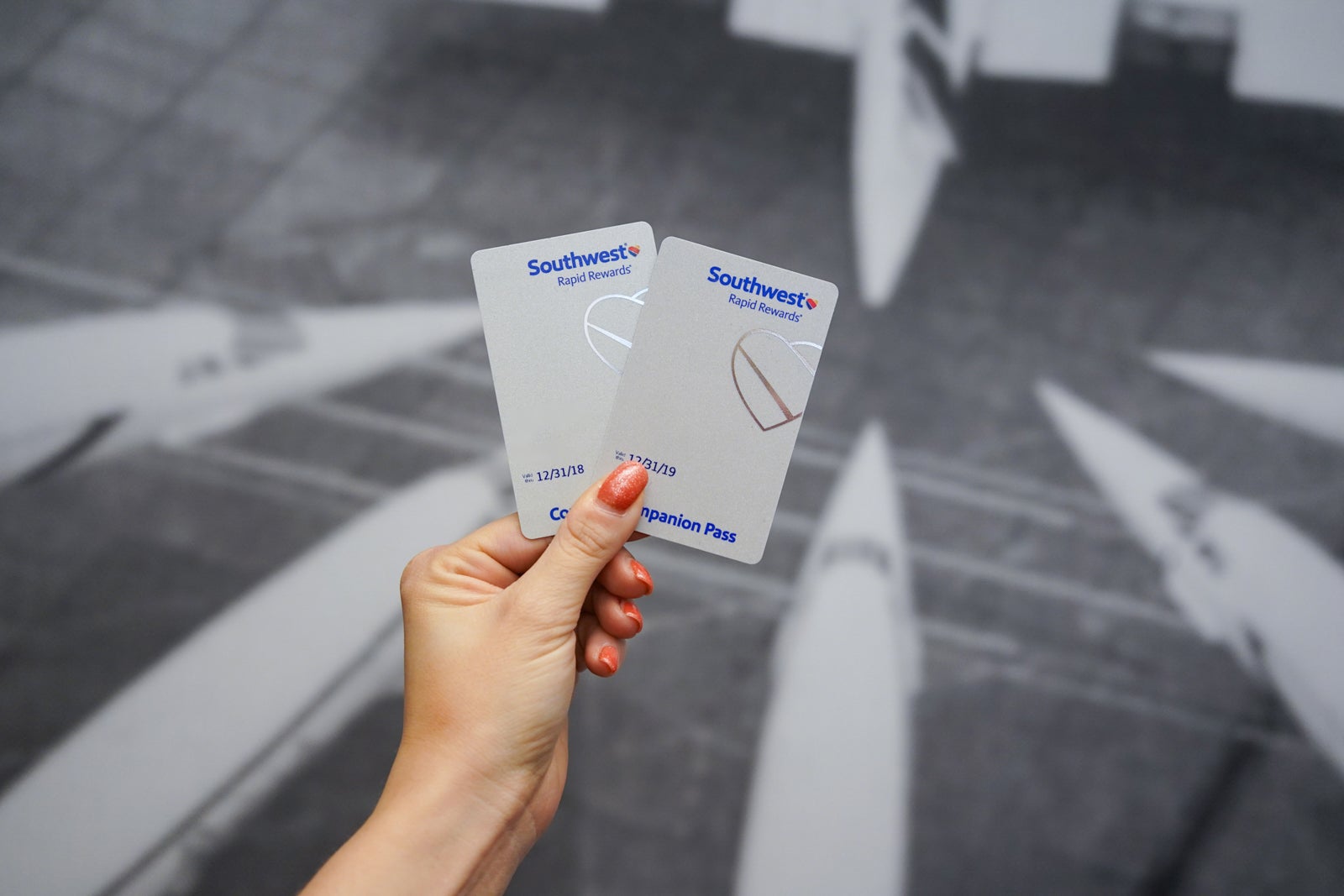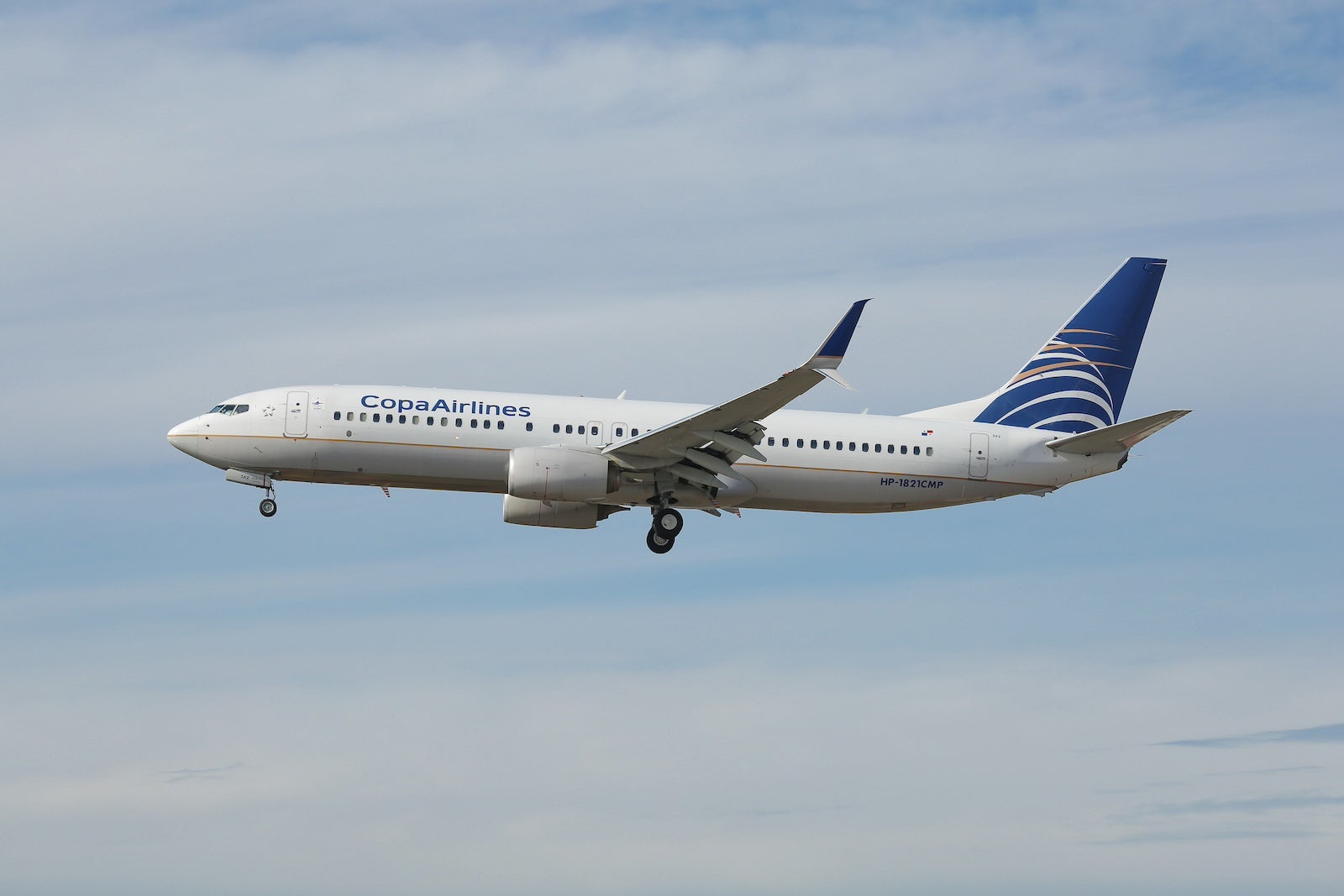10 years later: What’s next for JetBlue’s free Wi-Fi
These days, Viasat is likely a household name for many frequent flyers.
But when JetBlue announced in 2013 that it was teaming up with this satellite internet company to offer fleetwide Wi-Fi, many travelers didn’t really know what to expect.
In fact, it likely wasn’t until 2017, when JetBlue became the first U.S. airline to announce free Wi-Fi on every jet, that most flyers started to pay attention to JetBlue’s industry-leading offerings.
Fast forward exactly a decade (to the day) since 2013, and every single JetBlue plane offers fast and free Wi-Fi powered by Viasat.
Want more airline-specific news? Sign up for TPG’s free biweekly Aviation newsletter.
Despite some major improvements by some of JetBlue’s competitors, the New York-based airline is still the only one to offer free streaming Wi-Fi from gate to gate on every single plane.
To celebrate the 10-year anniversary of the airline’s deal with Viasat, JetBlue’s onboard product chief, Mariya Stoyanova, and Viasat’s director of airline programs, Laney Hind, spoke with TPG about the milestone and what it means for flyers.
Read on for all the details.
Free Wi-Fi took a while
When JetBlue debuted its onboard internet — or Fly-Fi, as JetBlue calls it —network, the carrier actually had two types of plans available.

Daily Newsletter
Reward your inbox with the TPG Daily newsletter
Join over 700,000 readers for breaking news, in-depth guides and exclusive deals from TPG’s experts
JetBlue Plus Card review: A rewarding credit card for JetBlue fans
There was a free option for basic internet access and an upgraded Fly-Fi+ package that was available on a paid basis for around $9 per hour.
When JetBlue decided to make internet access free for everyone on every flight, it “decided to just continue with our basic package, which was not so basic. It was much better and still is than the majority of the carriers out there,” Stoyanova said.
Though JetBlue promised internet on its entire fleet, the rollout process kept lagging on. In fact, Stoyanova is “intimately familiar” with all the hiccups during the rollout “because Robin [Hayes, JetBlue’s CEO] wanted to have an update on a weekly basis. So I was in charge of the email of how many tails we have installed on a weekly basis,” she added.
New and improved: Take a tour of JetBlue’s brand-new A321neo Mint business class
It wasn’t until 2017 — roughly four years after the initial announcement — that JetBlue officially completed the fleet-wide rollout and made Wi-Fi free for everyone (by retiring the Fly-Fi+ plan).
But Jan. 11, 2017, was nevertheless a major milestone because that’s when JetBlue became the first U.S. airline to offer free unlimited Wi-Fi to everyone.
Viasat was the key to success
In the years since, many U.S. airlines, including JetBlue, have tried to replicate the living room experience in the air.
For JetBlue (and Delta Air Lines and United Airlines), that starts with a seatback television screen that’s loaded with hundreds of free movies, TV shows, games and a moving map.
Other carriers, like Alaska Airlines, American Airlines and Southwest Airlines, don’t see the value in carrying all the extra weight of the TV systems onboard domestic flights.
But even the most cost-conscious carriers agree that fast onboard Wi-Fi is non-negotiable. All the aforementioned airlines have invested in more robust internet offerings, and many of them have even partnered with Viasat to deliver Wi-Fi access.
“The excitement about JetBlue being a launch partner was definitely palpable to us in 2013,” Hind, the Viaset executive, who referenced many of the more recent partnerships with other U.S. airlines as a big growth driver for the company, said.
In fact, Viasat is now known across the industry as one of the speediest and most reliable satellite internet providers (along with SpaceX’s Starlink), despite the upcoming Viasat-3 system, which faced a mechanical failure during launch that might cut some of the additional capacity it promised to provide.
Since JetBlue, perhaps no other airline has invested as much into a relationship with Viasat as Delta, which plans to outfit most of its fleet with the company’s antennas and enable free onboard Wi-Fi for everyone.
Free internet is here to stay…thanks to partners
Speaking of free Wi-Fi, JetBlue was a trailblazer. It was the first U.S. airline to include Wi-Fi in every ticket (including those booked in basic economy) with no device limits.
It wasn’t until earlier this year, when Delta made a similar move, that JetBlue started to feel the competitive pressure. Nowadays, Delta offers free Wi-Fi on every Viasat-equipped jet, and it plans to retrofit its entire fleet with Viasat antennas by the end of next year.
Other carriers, including Alaska and United, have dropped Wi-Fi fees as inflight connectivity becomes an expected offering on many airlines.
All the recent announcements from JetBlue’s competitors regarding Wi-Fi “makes me feel extremely validated,” Stoyanova said, and shared that “we had such a strong brand value prop out there that it allowed us to do things that other carriers couldn’t do at the time.”
Asked if JetBlue might charge for internet in the future, Stoyanova shared an anecdote about her predecessor who signed his resignation email to the team to “keep Fly-Fi free.”
“I hope like that’s going to be my signature if one day I decide to move on from JetBlue, and I’ll be able to keep it free,” Stoyanova added.
“I don’t see a reason why we would charge for something that you have widely available on the ground, and we’ve had it in our DNA in our value proposition for so long. And we keep finding creative ways to actually subsidize it and keep it free,” she added.
It’s that last point that’s perhaps most salient nowadays. In the past, JetBlue partnered with Amazon to “offset a lot of the bandwidth costs” associated with free Wi-Fi.
(The JetBlue-Amazon tie-up included bonus TrueBlue points for inflight shopping. According to Stoyanova, someone waited for an upcoming JetBlue flight to purchase a Rolex to take advantage of this promotion.)
Though the Amazon partnership is now history, JetBlue just recently announced a new tie-up with Peacock. Even if you don’t care to stream shows with Peacock, you have NBCUniversal to thank for subsidizing JetBlue’s free Wi-Fi.
What’s next for JetBlue Wi-Fi
As Stoyanova thinks about the next 10 years of inflight Wi-Fi, what happens next currently hangs in the balance.
As JetBlue waits for the outcome of the trial as part of the Department of Justice’s antitrust suit against its proposed takeover of Spirit Airlines, the carrier isn’t sharing what a unified fleet product looks like for the two airlines.
Though numerous executives have said that the JetBlue onboard product would survive the merger, it isn’t clear what will happen to Spirit’s contract with Thales’ FlytLIVE, which currently connects that airline’s yellow Airbus jets to the internet.
Speaking in reference to the JetBlue-Spirit verdict, Stoyanova repeated that “a lot depends on the outcome of the developments in the past few weeks.”
If there’s one thing that Stoyanova can share right now, it’s that the next generation of inflight Wi-Fi will double down on personalization.
What that means is anyone’s guess, but “we are building on additional layers of personalizations and figuring out how to monetize it,” Stoyanova said.
Related reading:

